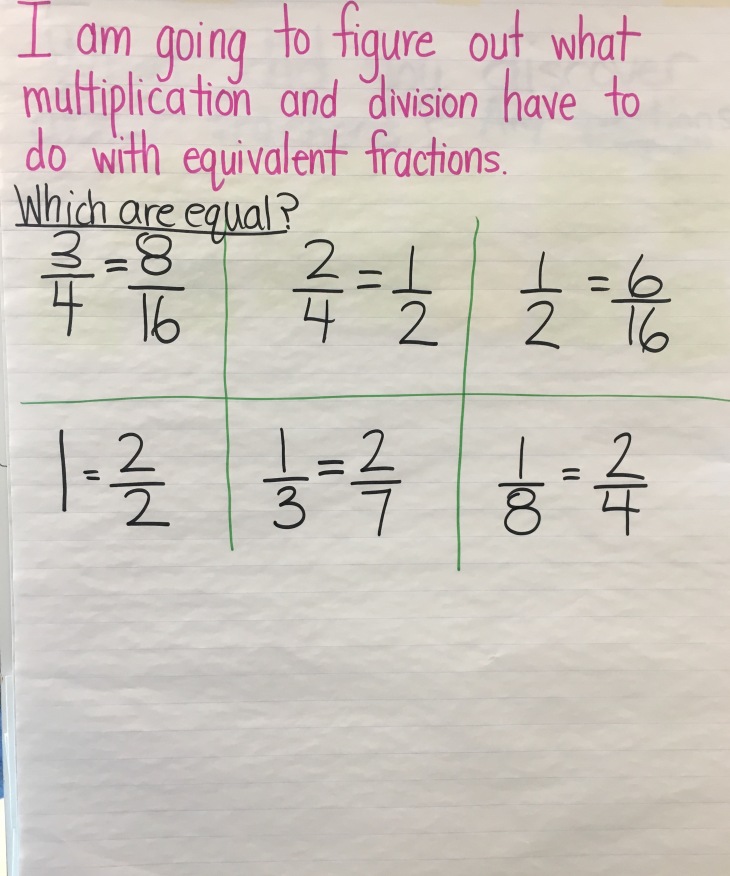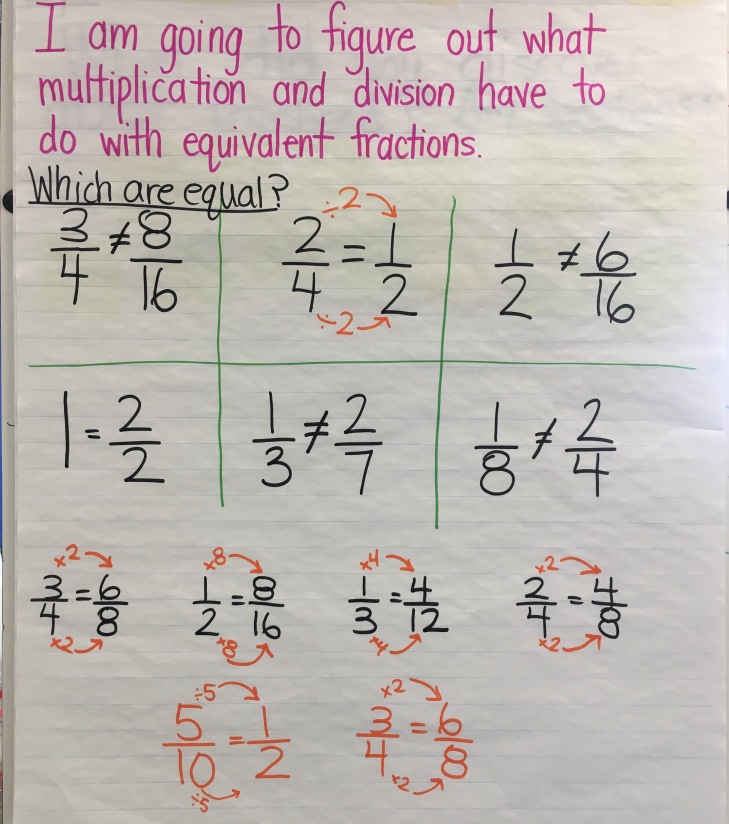I am going to tell you a secret about myself that I’m ashamed of still to this day, and then I will lose all credibility and you will likely unsubscribe from this blog forever and ever.
In the 4th grade, I received a “D” in math during the quarter that we studied fractions.
I know. It’s shocking.
A math coach and math INTERVENTIONIST helping children understand math who received a near failing grade in the 4th grade?!
Before you unsubscribe, let me explain…
It’s no secret that math up until the last few years in the United States has always been about memorization of procedures and algorithms. If you were really great at memorizing every possible type of math problem, this likely worked for you. It worked for me actually, I received A’s in math all the way up until the 4th grade. When things went wrong it was devastating for me as a student. I had gone to one school in 3rd grade and then switched to another school in 4th grade. When I moved, I missed something along the way about fractions…but at the time I didn’t know what it was. Suddenly I was having to add and subtract fractions (numbers I had never seen written that way before) with unlike denominators and it made absolutely no sense to me. I still remember thinking as assignments were passed back to me full of red marks, that I couldn’t believe that I was bad at math, and that I was bad at fractions. The assignments (and the tears) piled up, and I received a “D”. Shame.
When I look back and think about what I was missing, it’s clear to me. I had never explored or even known that there was such a thing as an equivalent fraction. That I didn’t recognize that it wasn’t a whole number for one thing, and that I didn’t know that two fractions could be the SAME number. How could two numbers be the same? 7 was 7…21 was 21. How could 1/2 be the same number as 4/8?
So when I teamed up with a 4th grade teacher at my school, we decided to REALLY spend a bunch of time on fraction equivalence. And we decided to make it as real world as we could. So we put up an inquiry statement, knowing that they have had some experience with equivalent fractions already in 3rd grade…and told them they had to use tools to PROVE what they were thinking.

Then we let them loose with measuring cups and sand, fraction tiles, fraction towers, cuisinaire rods, diagrams of pie charts and asked to see what they might notice.
It was really kind of awesome. As we walked around, we asked them what they noticed about the numbers. They began to figure out the relationship between the two numbers without us even saying a word about it!
We came together and shared:

We talked through which ones were equal and which ones weren’t. We added some more onto the chart and found out how we can actually use multiplication or division to decide equality if we didn’t have the tools with us.
There were definitely some misconceptions in the room as we worked. Those were noted and then cleared up as we continued on with the rest of the unit throughout the week. I’ll share more lessons soon.




[…] 4th grade, I received a “D” in math during the quarter that we studied fractions. I know….Continue reading →from Beyond Traditional […]
LikeLike
Wow! Thanks for sharing this! 🙂
LikeLike
[…] cross eyed WITH brain fog. If you are a loyal follower of my blog, you might know about my past traumatic experience with fractions. It was not pretty, and the last thing I want is for any student of mine to feel this way. I created […]
LikeLike